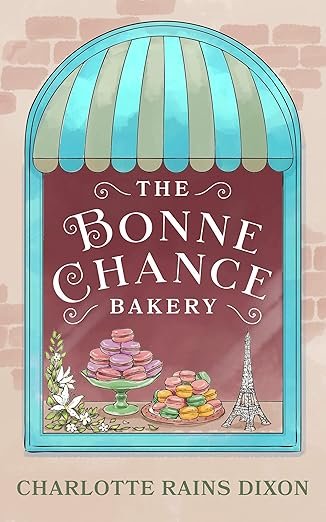Now That You’ve Finished Nanowrimo: A 10-Step Plan for Rewriting
 So, you did it. You finished Nanowrimo. Huge congratulations! It is quite a journey, isn’t it? But now what, you might be thinking. And rightfully so. You’ve just put forth a ton of creative energy over the last month. Here is my 10-step plan for what to do next.
So, you did it. You finished Nanowrimo. Huge congratulations! It is quite a journey, isn’t it? But now what, you might be thinking. And rightfully so. You’ve just put forth a ton of creative energy over the last month. Here is my 10-step plan for what to do next.
1.Decide if you’re at the end, really, or have farther to go. This depends on if you set out to complete a novel in 50K words or knew you’d be 50K in but not finished. I fall into the latter camp. I completed Nanowrimo but figure I have about 15K words to go to finish my draft. If this is the case with you, also, then finish up before proceeding to step #2.
2. Take a break. It will do your creative spirit good to step away from your WIP for a bit. When you do come back to it, you’ll have fresh eyes and new energy to bring to it. So go stare out the window. Take a bath. Get a pedicure. Go for a walk. Knit a pair of mittens for someone you love for Christmas. Go forth and put your novel out of your mind.
3. Resist the urge to consider it done and begin your agent search. Please, please, please remember that what you’ve written is a draft. It will need to go through at least one and possibly several rewrites before it is ready to go out in the world. Agents dread December 1st because their inboxes fill up with manuscripts completed during Nanowrimo, though only the authors of said manuscripts would consider them finished.
4. Reread and make notes. This is the heart of my rewriting method. Which, by the way, I stole learned from Rachael Herron and have adapted for my own purposes. (Shout out to Rachael, who besides being one of my favorite novelists does lots of incredible things for writers, including a podcast of author interviews and essays on the creative process you can access through Patreon.) Anyway. This step has two parts to it, that you will do concurrently as you read:
A. Make an outline of the story. Rachael says to do a sentence outline of each scene, but if that’s too much for you, figure out a way to do it that will help you to keep track of the story. Because the point here is not only to get the story back into your head, but also to give you a reference point later on.
B. Put any thoughts and ideas on post-it notes. One idea to a post-it. This is the freaking brilliant heart of the method. You don’t have to organize them or think deeper thoughts about these ideas, just scrawl on a post-it note and slap that note on a piece of paper. In no particular order. That will come later.
5. Review any rewrite notes you kept during the writing process. Add these notes to your post-it pages.
6. Create a page per chapter. Just a blank page with the number of the chapter at the top. I like to put them in a three-ring binder.
7. Go through post-its and order them. Take your little post-its, put all the ones that go in chapter one on that page, all those that belong to chapter two on the #2 page, and so on. You can refer to your sentence outline to help you remember what happens when.
8. Review and ponder. Do your characters need deepening? Does your setting need clarifying? Does your structure need shoring up? Do the necessary work here and add to your post-it note outline.
9. Celebrate. A glass of red wine is called for. Because look how far you’ve come!
10. Have at it! Carry on! Get this baby rewritten so you can get it out in the world.
That’s all there is to it, friends!
Okay, so if you have any questions, email me at charlotte@charlotterainsdixon.com. And if you need more help, let me know. You might be a great candidate for my coaching. (Which, I just so happen to be having a sale on until midnight Friday, December 3.)
